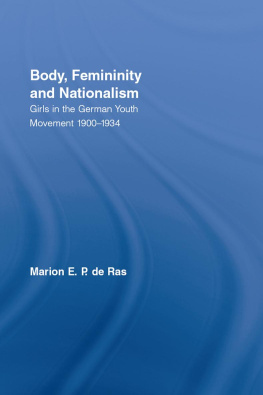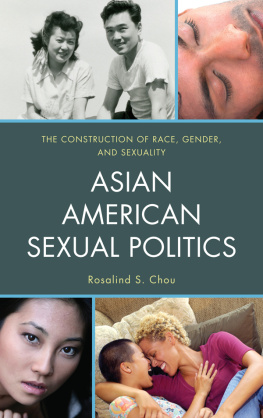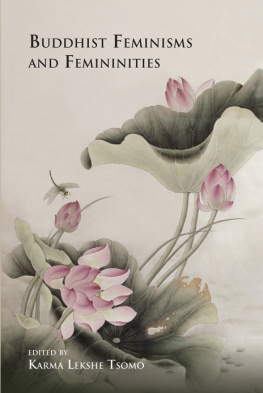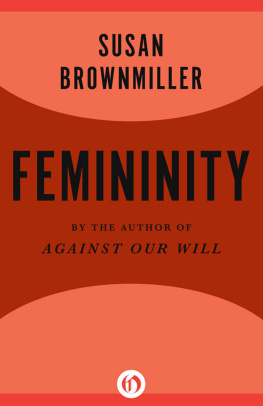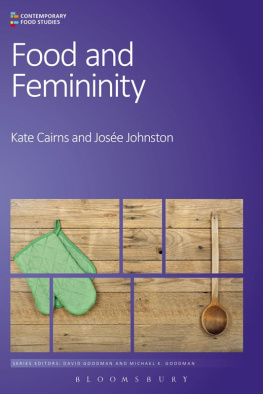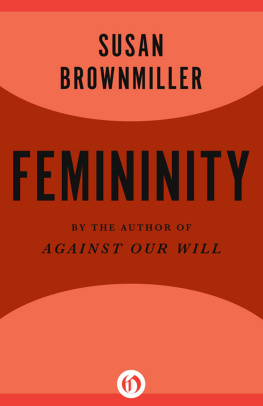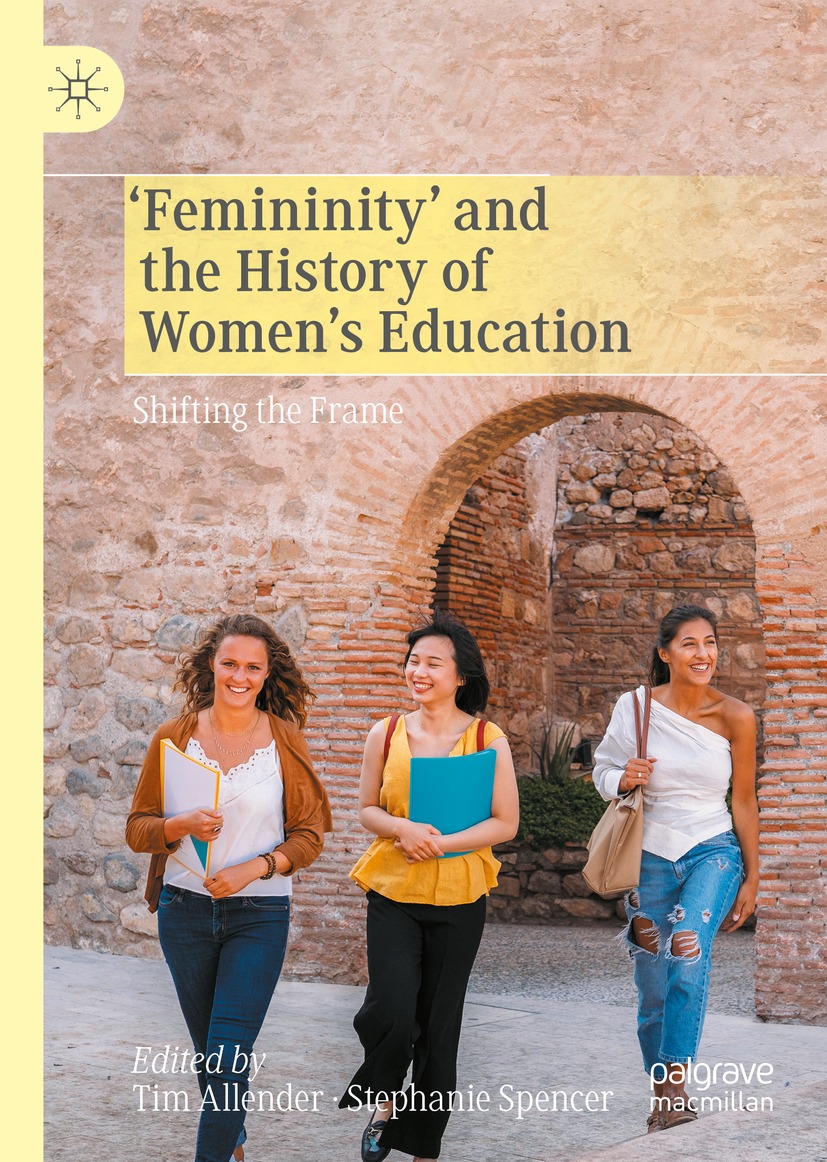Editors
Tim Allender
University of Sydney, Sydney, NSW, Australia
Stephanie Spencer
University of Winchester, Winchester, UK
ISBN 978-3-030-54232-0 e-ISBN 978-3-030-54233-7
https://doi.org/10.1007/978-3-030-54233-7
The Editor(s) (if applicable) and The Author(s), under exclusive license to Springer Nature Switzerland AG 2021
This work is subject to copyright. All rights are solely and exclusively licensed by the Publisher, whether the whole or part of the material is concerned, specifically the rights of translation, reprinting, reuse of illustrations, recitation, broadcasting, reproduction on microfilms or in any other physical way, and transmission or information storage and retrieval, electronic adaptation, computer software, or by similar or dissimilar methodology now known or hereafter developed.
The use of general descriptive names, registered names, trademarks, service marks, etc. in this publication does not imply, even in the absence of a specific statement, that such names are exempt from the relevant protective laws and regulations and therefore free for general use.
The publisher, the authors and the editors are safe to assume that the advice and information in this book are believed to be true and accurate at the date of publication. Neither the publisher nor the authors or the editors give a warranty, expressed or implied, with respect to the material contained herein or for any errors or omissions that may have been made. The publisher remains neutral with regard to jurisdictional claims in published maps and institutional affiliations.
Cover illustration: Westend61 / GettyImages Cover Caption: The image on the cover of the book is used as a visual metaphor. It shows three young scholarly women of different cultural backgrounds. They have walked through a non-Western historical gateway. We hope our book will be read in this way, where the respective contributions, drawing on various cultural histories and other analytical frames, help build a deeper understanding of womens education today.
This Palgrave Macmillan imprint is published by the registered company Springer Nature Switzerland AG
The registered company address is: Gewerbestrasse 11, 6330 Cham, Switzerland
About This Book
This book explores the different theoretical and epistemological constituencies that are engaged in the field of womens history as these relate to aspects of education within broader social settings. As our theme, shifting conceptions of femininity are interrogated in a range of historical sites in the nineteenth and twentieth centuries.
Chapter , written by Tim Allender and Stephanie Spencer, is divided into three parts. Firstly, it briefly sets out the conceptual and theoretical framework regarding femininity and womens history as we see it, especially as these relate to education and the chapters in the book. It then considers the necessary engagement any study of femininity needs to have with the usually more dominant and distinctive boundaries created by different academic traditions of historical investigation, including transnational approaches. And lastly there is a discussion of how shifting frames of femininity take the researcher into more intimate domains of personal experience, where studies about feminine bodies, their educative surroundings, their ageing, their aesthetic and their religiosity provide fascinating sites of study for scholars of womens history.
Then follows eight chapters, each analysing shifting frames of femininity in some of the sub-fields, it might be argued, of histories of womens history.
Chapter , by Ruth Watts, examines the positionality of women who engaged with the emerging discipline of science in the nineteenth century. She argues that by their very participation, these women were subversive in pressing against broader assumptions about their feminine psychology and even rationality. Critically, though usually excluded from being scientists, this feminine agency led these women (including illustrator and painter Marianne North, whose work this chapter focuses upon) to use permitted feminine skills and occupations in new and shifting intellectual fields of imaginative endeavour that had connection especially with botany. It was permissible for them to be teachers, but in creating these rich connections with other fields, they also established new ways to think about science: including later scholarship that has revealed the limiting gendered associations and language embedded in the discipline itself.
In Chap. , Linda M. Perkins takes the reader to the United States of America and explores the shifting juxtapositions of race and femininity in womens physical education and sport in the early to mid-twentieth century. The chapter sees strong precursors that relate to the emancipation of slaves in the previous century where former female slaves were forced to conform to White notions of morality and beauty. Sexual assaults by slave owners against female slaves fed into widely held narratives that Black women were promiscuous. Some are enduring constraints for many Black sportswomen to this day. However, in the 1920s, when college-level physical education and sport began to see Black female participants participating with White women, some of these constraints were reconfigured, revealing differing White attitudes on the issue of race, femininity and sport. Key institutions in this period such as the YWCA, though encouraging Black participation, reinforced racial segregation in sport. Yet, sport also led to new marginalities around their putative femininity. Drawing on the life stories of several key athletes and administrators, this chapter explores an emerging distinction within sports, where basketball, in particular, was identified in US colleges as a masculine pursuit or one only for the working-class and Black women. This stereotype was then replaced by a stronger sporting relegation for them which was track and field. This sport eroticised Black women athletes and conveyed new anxieties about their possible homosexuality.
Chapter , by Joyce Goodman, focuses predominantly on the year 1931 in the life and career of feminist Suzanne Karpels. From a wealthy Hungarian Jewish family, and educated in Paris, Karpels was an outstanding linguist of Eastern languages. She was appointed the founding director of the Royal Library and later also of the Buddhist Institute in Phnom Penh, Cambodia, which was part of Indochina, then under French colonial rule. Drawing on a rich variety of sources, including photographs, personal letters, journal and newspaper articles, this chapter uses Karpels fascinating travels to illustrate the fluidity of femininities within spaces of circulation: embracing the intimacies of empire and shifting international mentalities of the era, including fascism. There are four levels of inquiry that engage femininities as they related to Karpels in her colonial locale and in spaces of circulation in Europe: religion and colonialism; internationalism and emerging feminine expertise within international organisations; Karpels countervailing configurations of the native woman which were in tension with her views on indigenous schooling in empire; and, finally, where Karpels encountered new educational cinematography in the context of fascism that re-shaped ascriptions of femininity in respect of women. This chapters approach to the dynamic frames of femininity in which both Karpels and her world are engaged is brought together by articulating processes of encounter and negotiation, underpinned by Judith Butlers performative account of gender and Karen Barads posthumanist extension of Butlers performativity.




